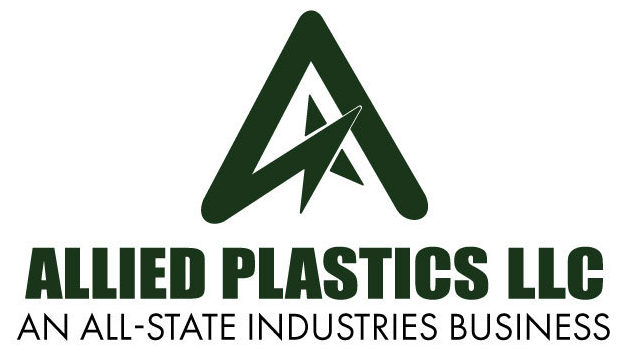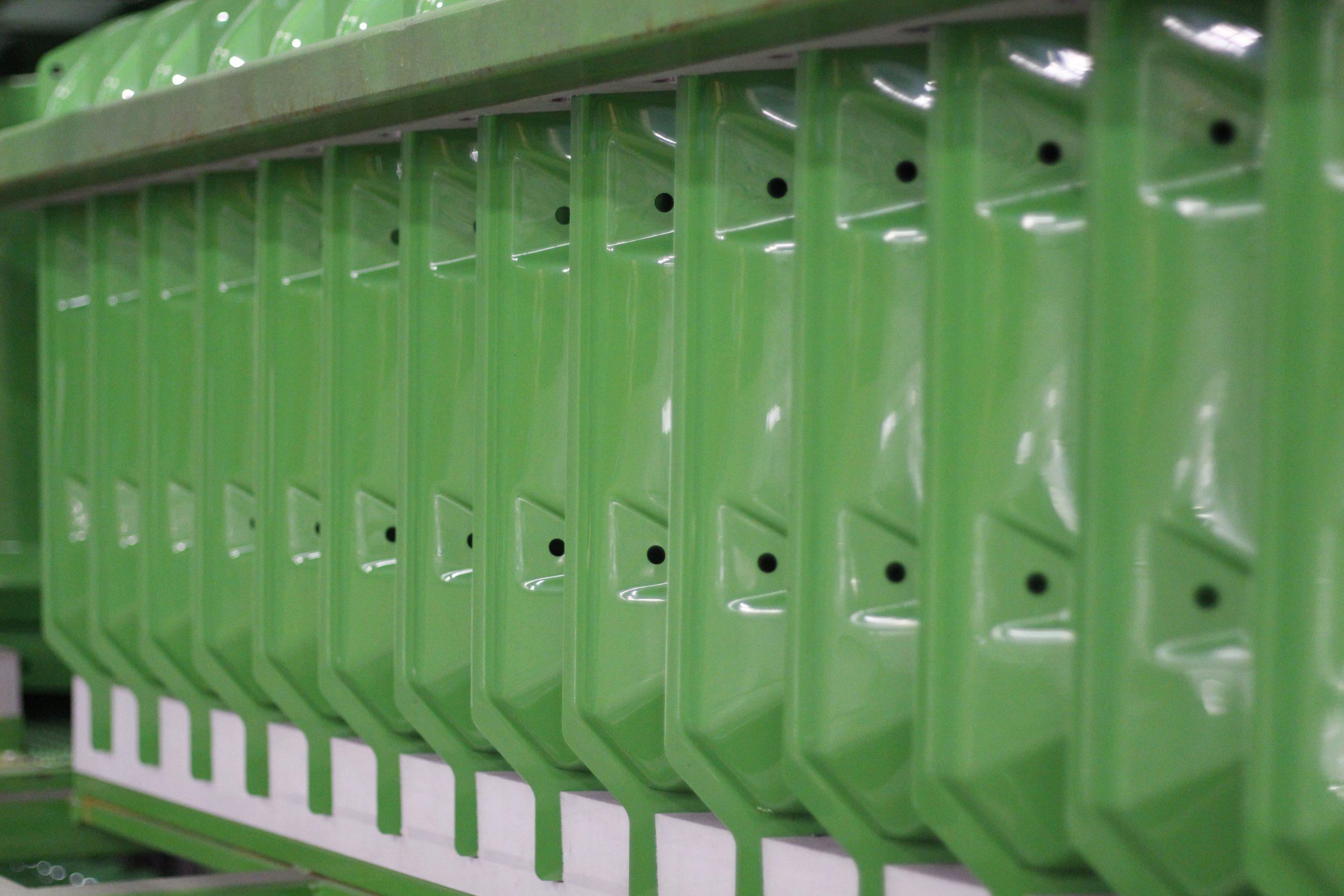How to Choose Between Manufacturing Methods for Optimal Results
Manufacturers face critical decisions when selecting plastic manufacturing processes for their components. Two of the most common methods — vacuum forming (thermoforming) and injection molding — offer distinct advantages depending on project requirements. As a premier heavy-gauge thermoforming company with over 30 years of experience, Allied Plastics specializes in delivering exceptional vacuum formed plastic while helping customers understand when this process provides optimal results.
Today we’re looking closer at vacuum formed plastic vs. injection molding, and offering insight into how and when you should deploy each process.
Looking to improve efficiency in your plastic manufacturing operations? Connect with our experts for a customized assessment of your processes.
Understanding Vacuum Formed Plastic (Thermoforming)
Thermoforming is a versatile manufacturing process that involves heating plastic sheets until pliable, then forming them over molds using vacuum or pressure. This technique offers multiple variations, including vacuum forming, pressure forming, and twin sheet forming, each providing specific advantages for different applications.
At Allied Plastics, our advanced thermoforming capabilities push industry boundaries. Our equipment handles impressively large parts — up to 9 feet by 14 feet — with draw depths reaching 60 inches. This large-format capability allows for the production of substantial components that would be impossible or cost-prohibitive with injection molding. Our facility features more than 20 advanced thermoforming machines complemented by a dozen 5-axis CNC machines and five robotic trimming systems for precise finishing.
Exploring the Injection Molding Process
Injection molding involves injecting molten plastic into a closed mold under high pressure. Once cooled and solidified, the mold opens to reveal the finished part. This process excels at producing high volumes of small, intricate components with tight tolerances and consistent dimensions.
Injection molding typically requires complex, expensive tooling with long lead times for development. The molds must withstand tremendous pressure, requiring robust materials and sophisticated engineering. While this results in higher initial costs, the per-unit price decreases significantly at very high production volumes, making it economical for small parts produced in the millions.
Cost Considerations: Vacuum Formed Plastic vs. Injection Molding
One of the most significant advantages of thermoforming is its cost-effectiveness at medium to large production scales. Compared to injection molding, thermoforming offers substantially lower tooling costs — often 50-80% less, depending on part size and complexity — making it an economical choice for many projects. This reduced initial investment enables faster production startups and quicker returns on investment.
Thermoforming also excels in lead time efficiency. While injection mold tooling can take 16-20+ weeks to develop, thermoforming tools typically require just 8-10 weeks. This speed-to-market advantage is particularly valuable in industries where timing is crucial. Additionally, the process minimizes material waste through efficient sheet utilization and the ability to reprocess excess material.
Design Flexibility and Part Complexity
Thermoforming shines in applications requiring large components with relatively simple geometries. The process accommodates various material thicknesses, from .060″ to .550″ at Allied Plastics, allowing for substantial structural components. Different surface textures can be incorporated directly into the forming process, eliminating the need for secondary finishing operations.
Injection molding, conversely, excels with small, complex parts featuring intricate details, tight tolerances, and complex internal structures. It’s ideal for components with numerous undercuts, fine features, or integrated attachment points. However, size limitations and prohibitive costs for large parts make it impractical for many industrial applications.
Select the Right Process for Your Project With Allied Plastics
When evaluating manufacturing processes, consider these key factors:
- Production Volume: Thermoforming is typically more economical for low to medium volumes (hundreds to thousands), while injection molding becomes cost-effective at very high volumes (hundreds of thousands to millions).
- Part Size: Thermoforming handles much larger components, while injection molding is limited to smaller parts due to machine constraints and material flow challenges.
- Tooling Budget: If tooling costs are a concern, thermoforming offers significant savings and faster development.
- Time Constraints: Thermoforming’s faster tooling development and production setup provide quicker time-to-market.
- Material Requirements: Thermoforming works well with a wide range of materials, including HDPE, TPO, ABS, polypropylene, and polystyrene, accommodating specific performance needs.
Industries like agricultural equipment, automotive, material handling, and medical often benefit from thermoforming’s combination of size capability, cost-effectiveness, and material versatility. However, small consumer electronics or medical devices with intricate internal features might be better suited for injection molding.
Vacuum formed plastic (thermoforming) delivers exceptional value for many industrial applications, particularly those requiring larger components, medium production volumes, or rapid development cycles. By understanding the fundamental differences between manufacturing processes, you can make informed decisions that optimize both performance and cost-effectiveness for your specific project requirements.
At Allied Plastics, we’ve created a 30-year history of delivering exceptional heavy gauge thermoforming services — complete with OEM supply chain solutions, engineering assistance, and value-adding finishing and assembly capabilities. For expert guidance on selecting the right manufacturing process for your plastic components, contact Allied Plastics today. Our engineering team can help evaluate your project specifications and recommend the optimal approach.

